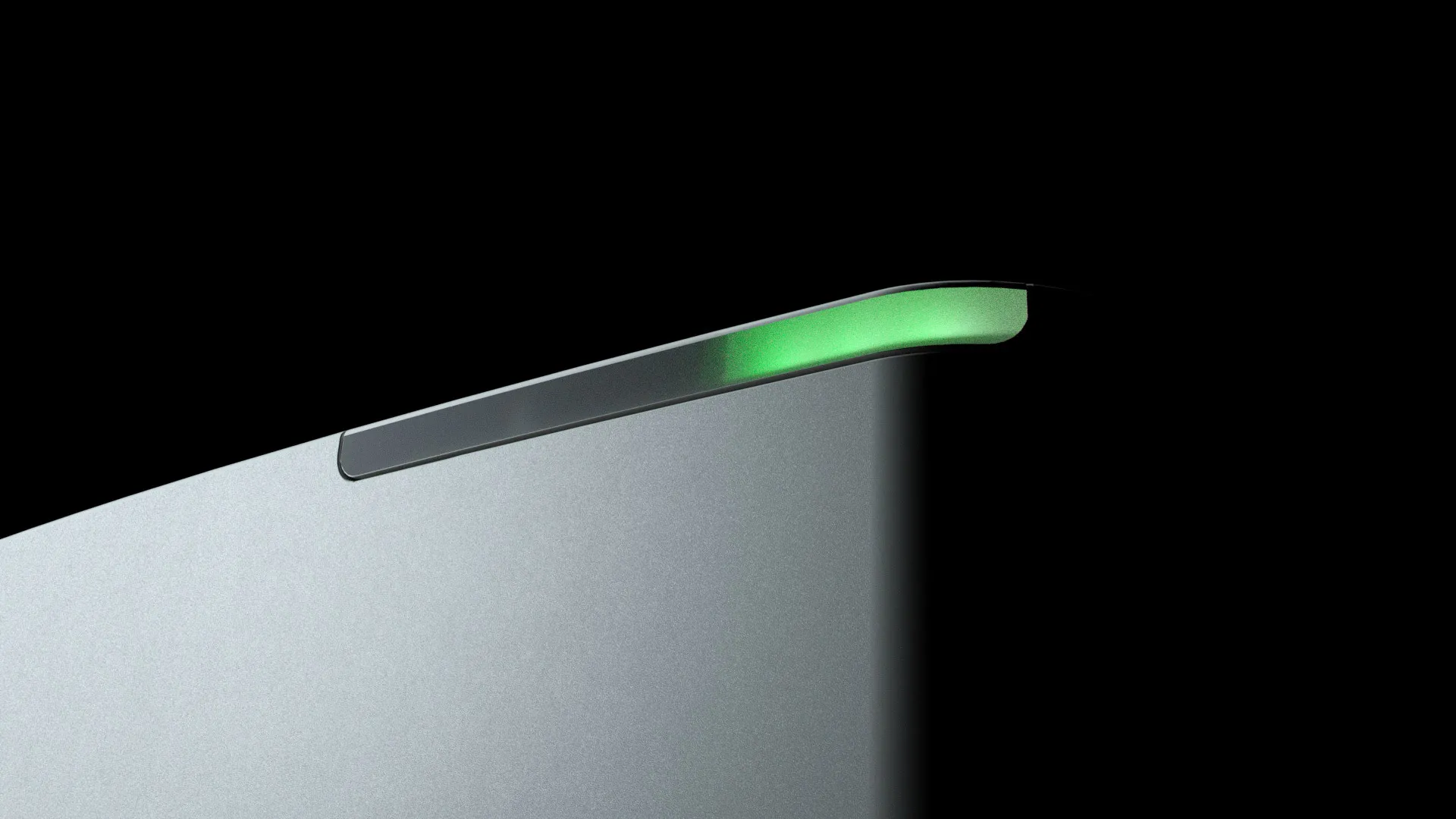
Repeatability, Concentration Linearity, and High Order Structure Analysis of an IgG1 Sample by Microfluidic Modulation Spectroscopy (MMS)
Libo Wang, Eugene Ma, and Jeffery Zonderman - RedShiftBio
Lucy Liu and Jason Rouse - Pfizer
Microfluidic Modulation Spectrometry (MMS) is a novel protein characterization technique that combines a microfluidic cell and a tunable mid-IR quantum cascade laser source to assess the comparability, similarity, quantitation linearity, aggregation, and denaturation of proteins by analyzing the absorbance spectra and the high order structure (HOS). To evaluate the data quality and performance of MMS, an IgG1 sample was analyzed at different concentrations ranging from 0.1 mg/mL to 12.3 mg/mL using a RedShiftBio AQS³pro pre-production instrument. The differential absorbance (diffAU) spectra across the amide-Ib and were measured, the absolute absorbance (absAU) spectra were calculated, the Area of Overlap (AO) plots and the similarity of the samples were compared and the high order structure was elucidated. Our results show that the diffAU spectra of replicates for each sample concentration are very closely matched indicating a high repeatability and accuracy of the measurements.
Furthermore, the absAU spectra of the IgG1 samples at 0.4-12.3mg/mL overlay very well suggesting comparable secondary structures and conformations over this concentration range. When comparing the AO plots to the mean AO plot of 1 mg/mL sample replicates, the similarity is about 93% for 0.1 mg/mL sample, 96% for0.2 mg/mL sample, and 98-99% for samples at 0.4, 0.6, 0.8, 1, 5 and 12.3 mg/mL, showing that the MMS tool offers very reproducible measurements at concentrations above 0.4mg/mL and relative good measurements at as low as 0.1 mg/mL. The Gaussian curve fit also finds very consistent secondary structure contents for samples at 0.4-12.3mg/mL, i.e. 63-64% beta-sheet structure, 29-31% turn structure and very small amounts of alpha-helix and unordered structures. In addition, the maximum diffAU signal versus protein concentration data fits a straight line with an R2 value of 0.999, displaying very good quantitation linearity of the measurement in the range of 0.1 to 12.3 mg/mL.
The MMS has proved to be a powerful protein characterization technique to provide comparability, similarity, quantitation linearity and HOS measurements of protein samples.


